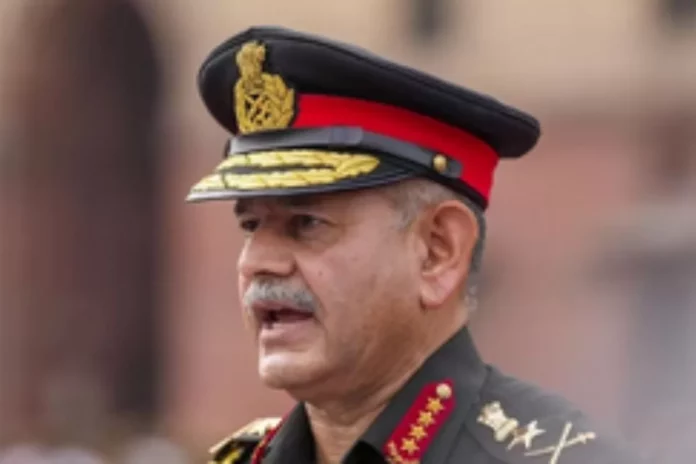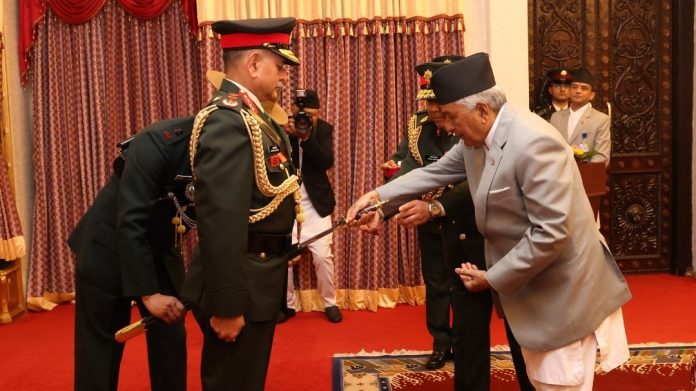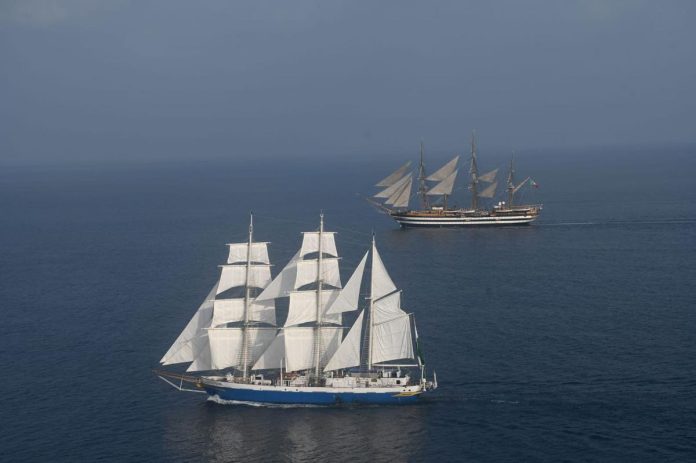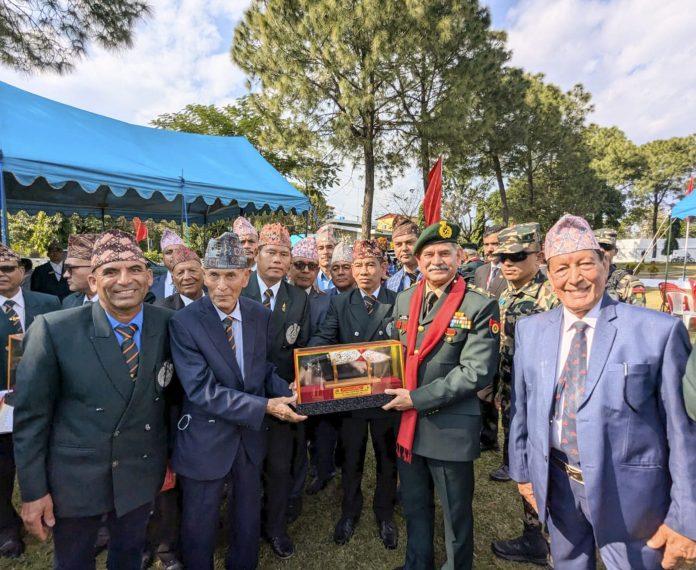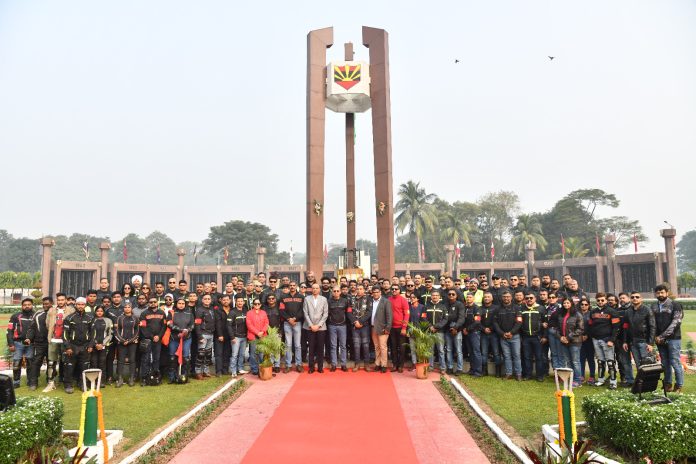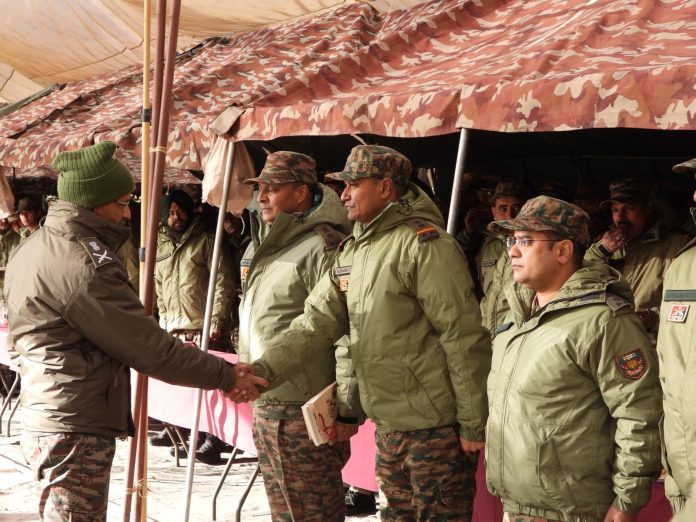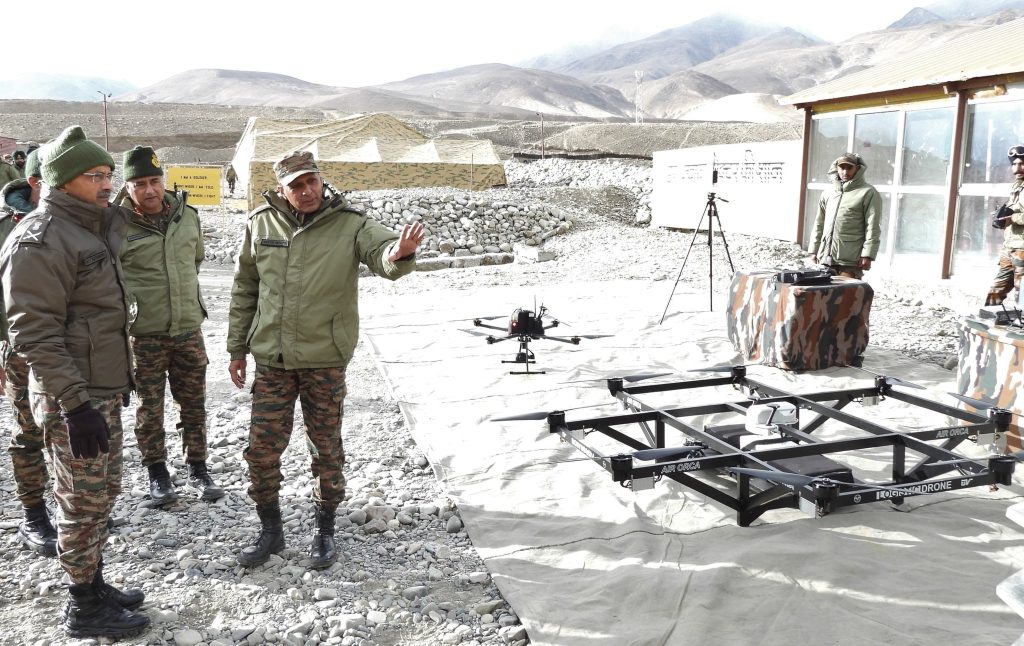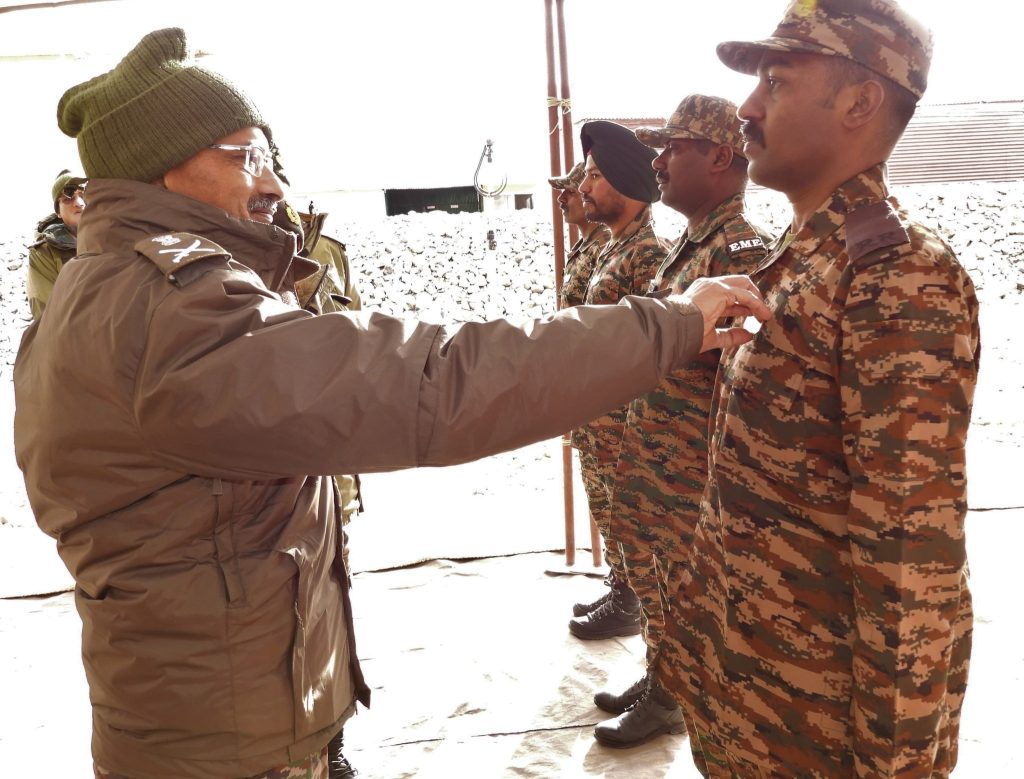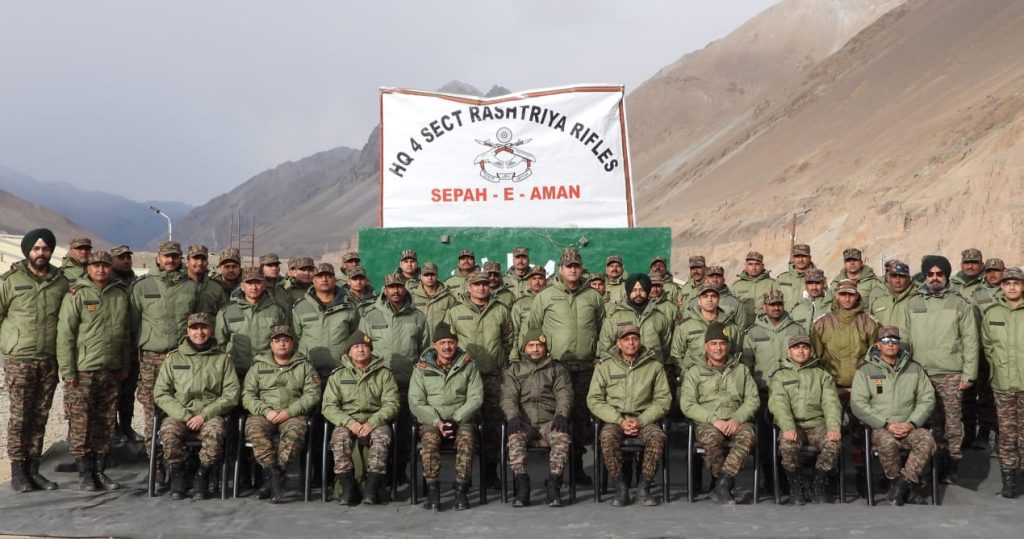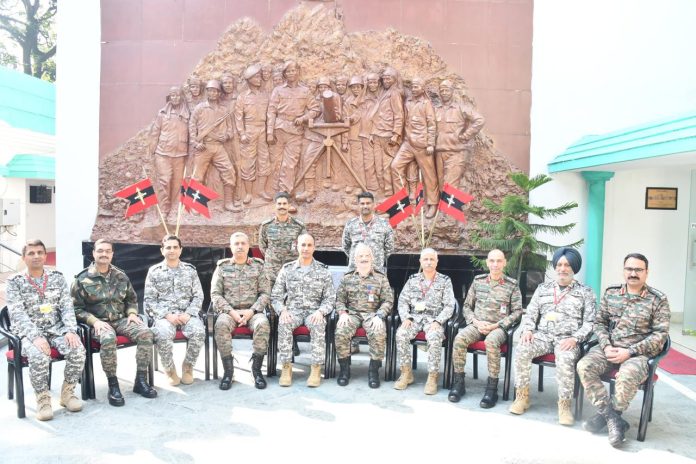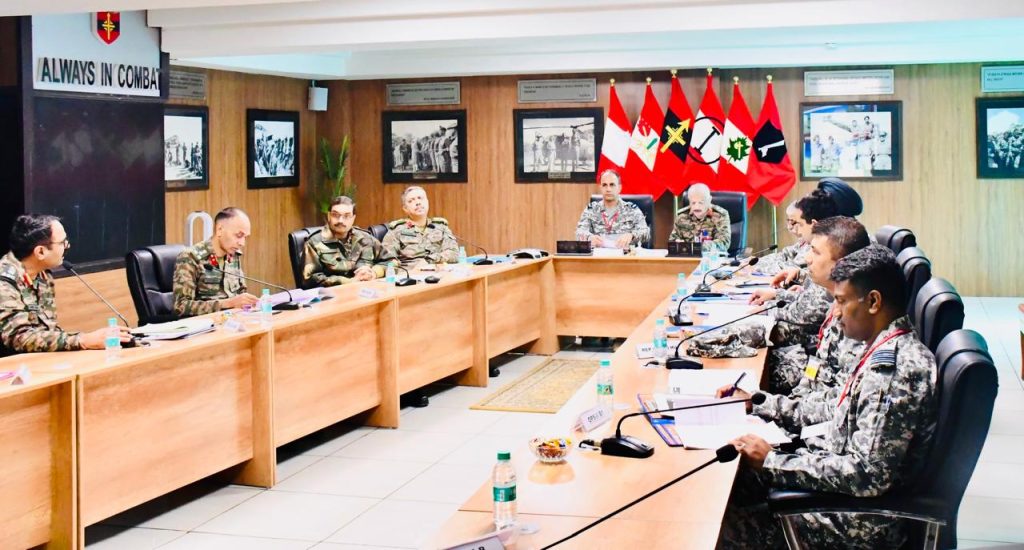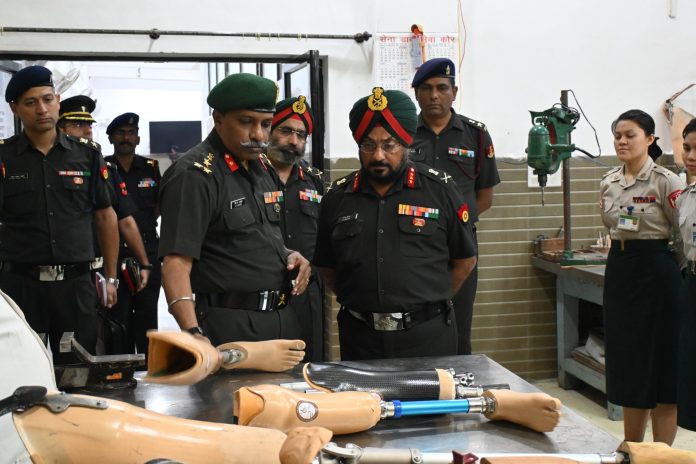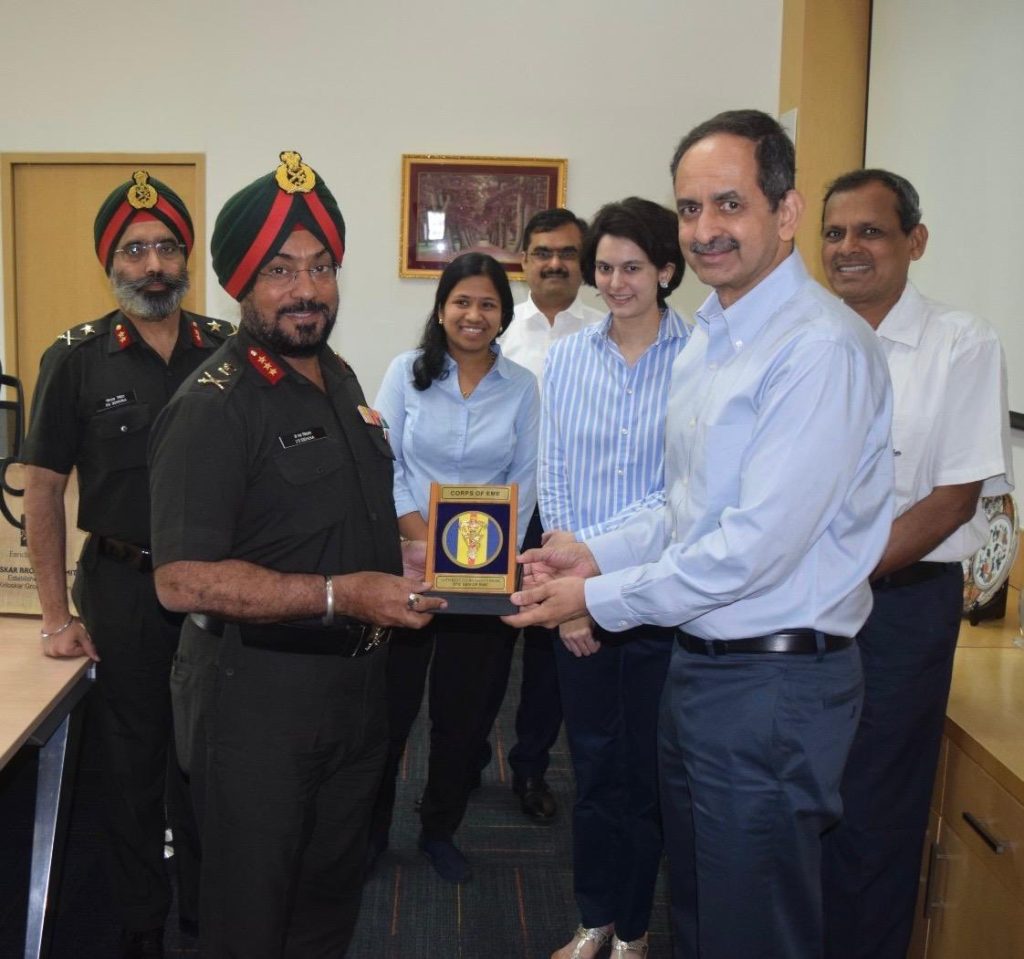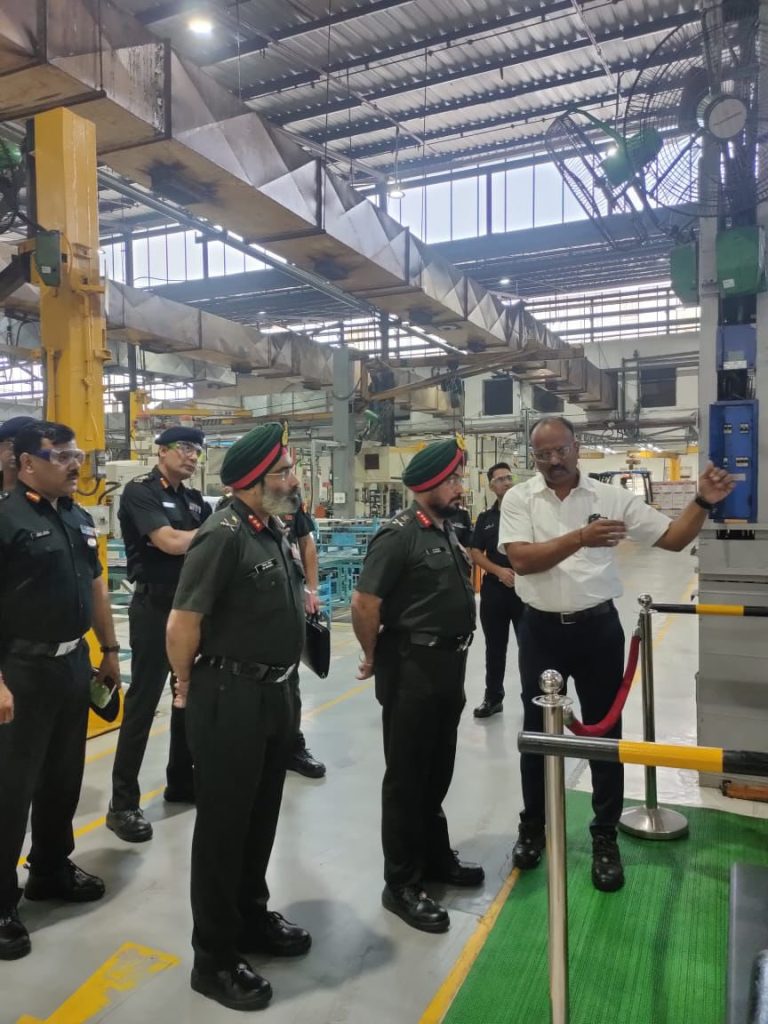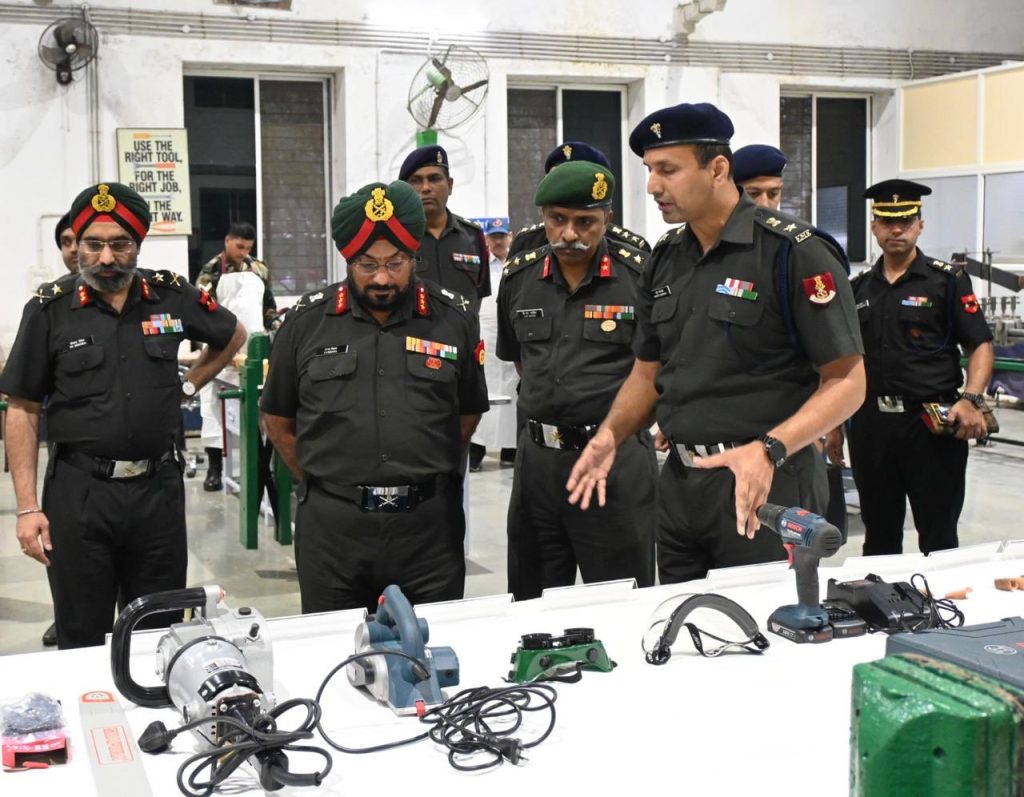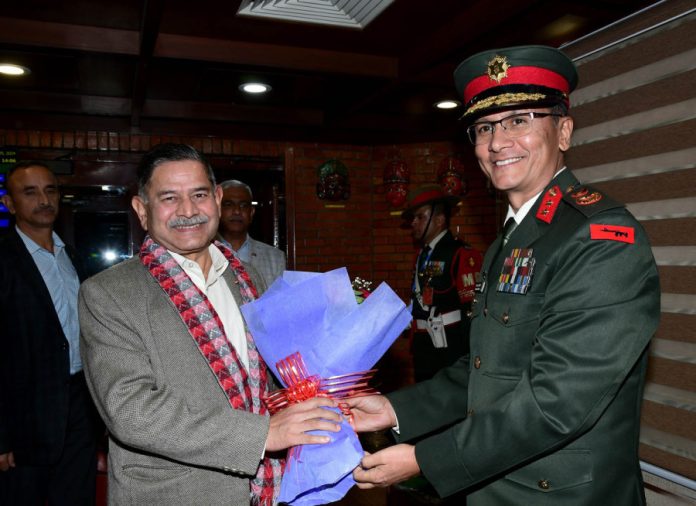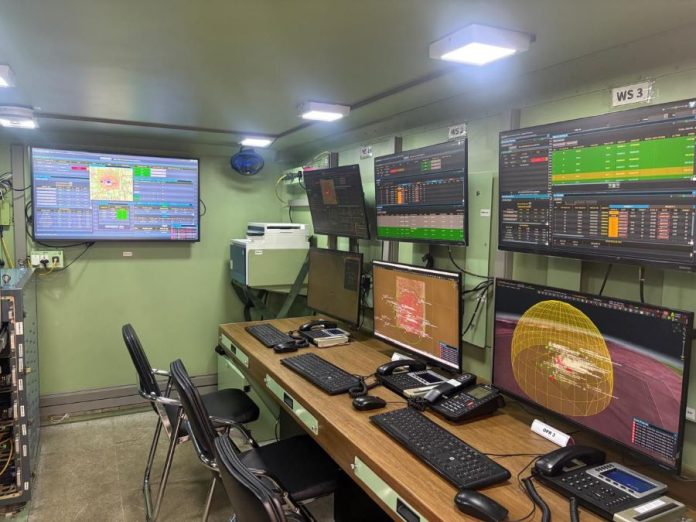Chief of the Army Staff General Upendra Dwivedi recently completed a five-day official visit to Nepal, aimed at bolstering the longstanding bilateral relations between the two countries. His visit, viewed as highly successful, reaffirmed the commitment of both India and Nepal to fostering peace and security in the region through enhanced defence cooperation and cultural ties. However, clarity remains elusive regarding the anticipated resumption of soldier recruitment from Nepal into the Indian Armed Forces, which has been suspended for the past four years.
Official statements following General Dwivedi’s visit highlighted that the objectives were exceeded, promoting greater mutual respect and defense collaboration. Throughout his tour, he engaged in extensive discussions with key Nepali leaders, including President Ramchandra Paudel, Prime Minister KP Sharma Oli, and Defence Minister Manbir Rai, as well as his counterpart, General Ashok Raj Sigdel. However, the subject of recruiting Gorkha soldiers was notably absent from official communications or media coverage, raising concerns among stakeholders.
Prime Minister Oli emphasized the importance of deepening bilateral cooperation in light of evolving geopolitical dynamics, particularly given the increasing Chinese influence in Nepal. This visit followed talks held by the Director-General of Shashtra Seema Bal with his Nepali counterpart, aimed at addressing border security and collaboration.
The recruitment freeze stems from the COVID-19 pandemic’s onset in 2020, compounded by the introduction of the Agniveer scheme in 2021, which modifies the terms of enlistment and service duration for new recruits. Nepal expressed discontent with the Agniveer framework, arguing that it contravenes the historically established tripartite agreement between India, Nepal, and Britain signed in 1947. Concerns over the re-employability of Gorkha soldiers after their four-year service term further intensified discussions around the future of military recruitment from Nepal.
During his engagements, General Dwivedi participated in a range of activities, including a briefing by the Nepali army’s Director-General of military operations, addressing military officers at the Nepali Army Command and Staff Course, and attending an ex-servicemen’s rally. In a symbol of enduring friendship, he was awarded the honorary rank of General of the Nepali army, a title traditionally reciprocated by India for the Nepali army chiefs.
Despite Gorkha recruitment’s significance to both nations and its socio-economic implications for Nepal, the absence of dialogue on this matter during high-level interactions raises questions. Approximately 32,000 Nepali soldiers are currently serving in the Indian Army, with around 15,000 Gorkha troops having retired since 2020, creating unfilled positions within operational battalions. Historical records indicate that the recruitment intake from Nepal previously fluctuated between 1,500 to 1,800 recruits annually, a number which now stands at risk due to the prolonged suspension of recruitment.
In past decades, the majority of Gorkha battalions depended on Nepal-domiciled troops, but the ratio has shifted from 90:10 at the time of Independence to 60:40 today, raising suggestions within military circles to adapt by decreasing the number of Gorkha battalions while increasing recruitment from Indian-domiciled Gorkhas.
The Indian Army’s Gorkha Brigade is a historic military formation, consisting of 39 battalions across seven infantry regiments, dating back to the early 19th century. Indo-Nepal relations remain deeply rooted in shared history, cultural ties, and military cooperation, symbolized by ongoing collaborative efforts through the Nepal-India Bilateral Consultative Group on Security Issues.
India’s support for Nepal in modernizing its military infrastructure is visible through the provision of equipment, training, and joint military exercises. Various hardware supplies, including helicopters and firearms, have enhanced the capabilities of the Nepalese armed forces, alongside a significant number of Nepali personnel undergoing training within Indian defense institutions.
In recent years, however, the solid foundation of Indo-Nepal ties faces challenges from China’s expanding influence, evidenced by military and diplomatic engagements within Nepal, as well as reports of China’s supply of military material to the Nepali army. As both nations navigate this complex geopolitical landscape, the need for dialogue and collaboration becomes increasingly vital to maintain their strategic partnership.

